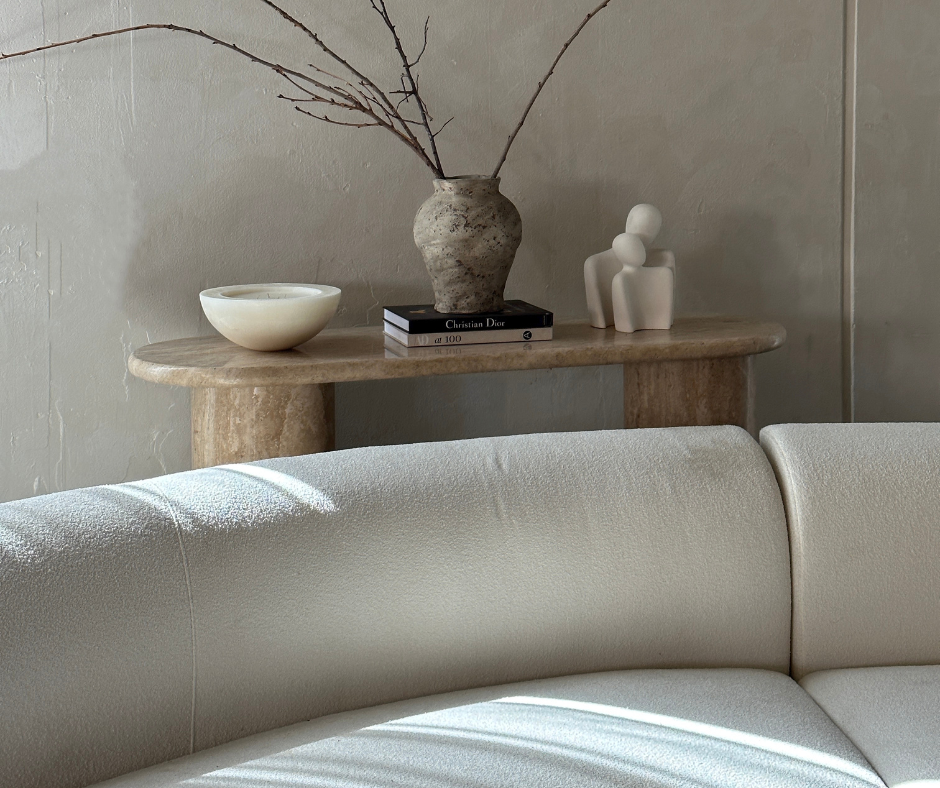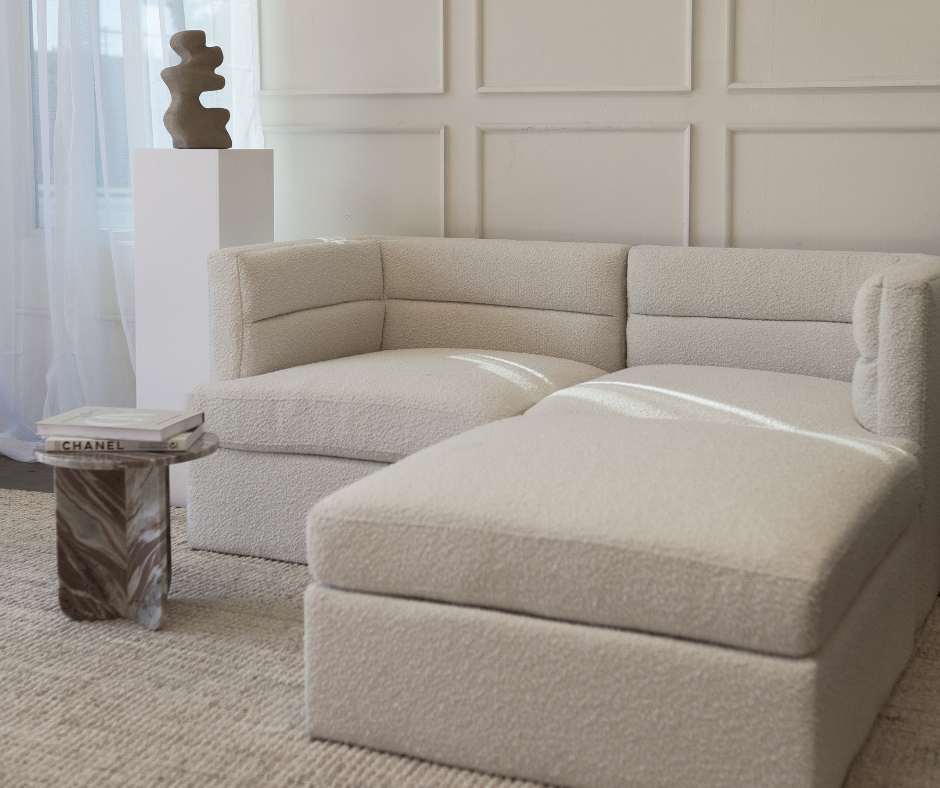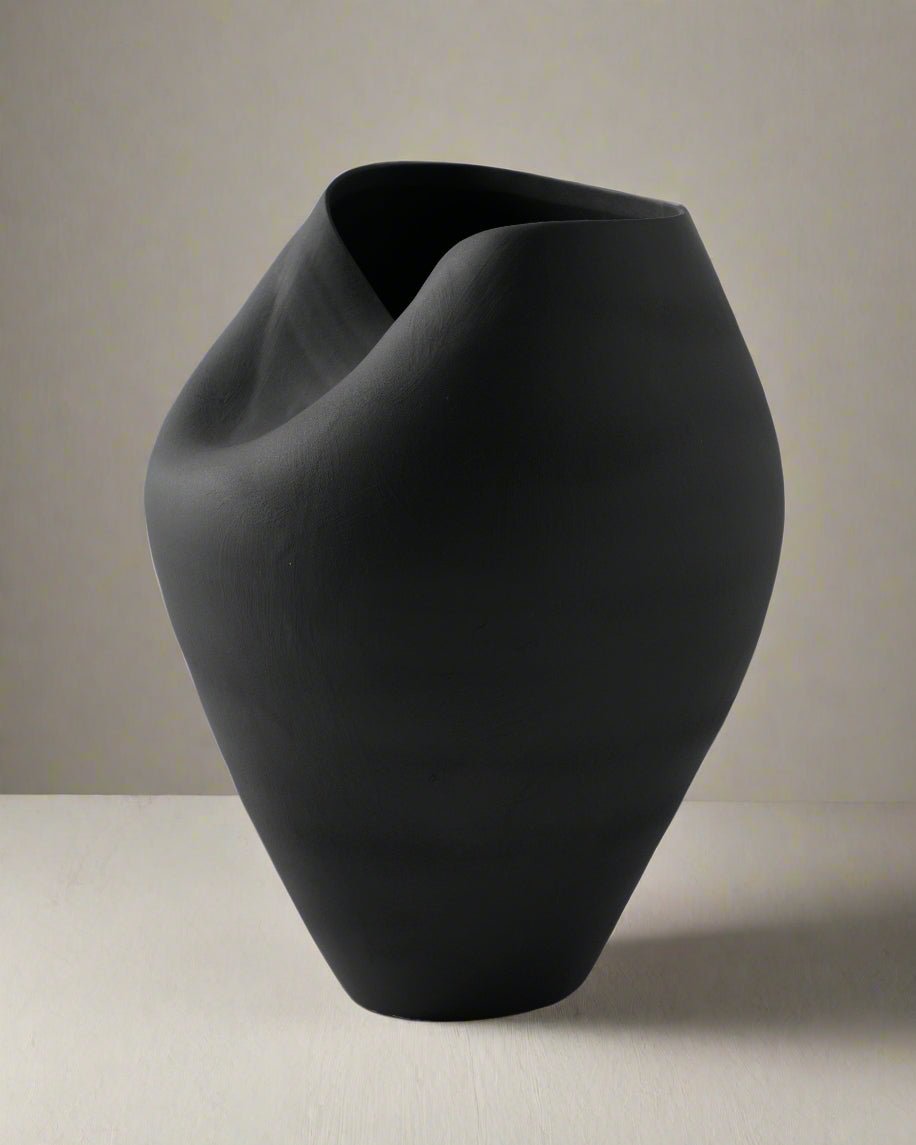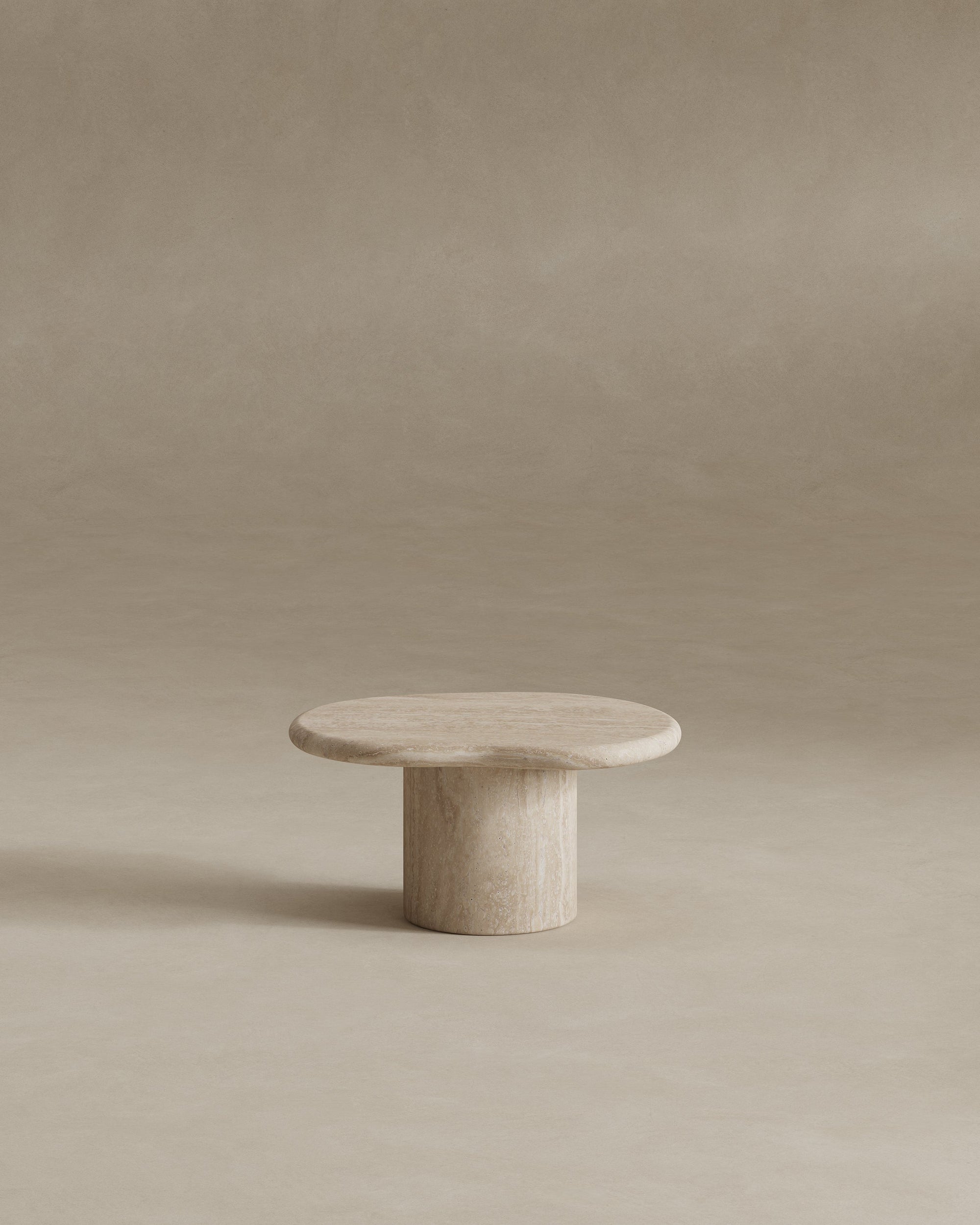Decluttering in the home is a transformative journey that extends beyond mere physical tidying. It is an intentional process of curating one's living space to foster a sense of order, tranquility, and functionality. Embracing decluttering involves scrutinizing possessions with a discerning eye, discerning what truly brings joy or serves a purpose. As each item finds its designated place or gracefully exits the home, a harmonious balance emerges, allowing room for a renewed energy to flow. The act of decluttering is a profound exercise in mindfulness, encouraging individuals to reevaluate their relationship with material belongings and prioritize a life centered on experiences, simplicity, and a deliberate connection to the items that remain. Here's a few tips to achieve a decluttered home that creates a haven of serenity where every object holds significance and contributes to a space that resonates with purpose and clarity.
Starting The New Year With Decluttering
Decluttering holds a profound significance in fostering a harmonious environment and stress free life. Beyond the immediate visual appeal of an organized space, the act of decluttering carries transformative power for mental and emotional well-being. By ridding our homes of excess belongings, we alleviate the mental burden of chaos and create room for clarity and focus. A decluttered space cultivates a sense of tranquility, reducing stress and anxiety while promoting a more peaceful mindset. Additionally, the process of letting go encourages self-reflection and a reassessment of priorities, leading to a more intentional and mindful lifestyle. Decluttering is not merely about creating physical order but represents a conscious choice to simplify, prioritize, and embrace a life where possessions enhance rather than encumber, ultimately contributing to a healthier, more balanced, and fulfilling way of living.
Steps To Take For Clutter Free Home
Set Clear & Realistic Goals:
Define the purpose of decluttering. Whether you aim to create more space, reduce stress, or improve organization, clear goals will guide your process. Establish achievable goals for each decluttering session. This could include spending a set amount of time or completing a specific area within a defined timeframe.
Start with a Small Area:
To start your decluttering process, begin in one room or a specific area to avoid feeling overwhelmed with organizing your entire house. Tackling each room systematically makes the process more manageable.
Be Ruthless:
Be decisive when deciding whether to keep or discard items. Consider if it sparks joy, if you've recently spent money on it, or if you haven't used or worn it in a year, consider letting it go. If an item doesn't hold sentimental value, this could be another great reason for ridding of it.
Organize as You Go:
Organize items immediately after decluttering. Invest in storage solutions like baskets, bins, and shelves to maintain order.
The Four-Box Method:
Use the Four-Box Method with labeled boxes for "keep," "donate," "sell," and "discard." This visual aid simplifies decision-making and keeps the process organized.
Create Designated Storage Spaces:
Assign specific places for frequently used items, whether that be a storage unit or within storage furniture. This helps avoid clutter accumulation and makes it easier to find things when needed. For items such as junk mail, it is best to designate a particular recycling bin or box that is disposed of or gone through weekly, rather than compiling a junk drawer, which can be frustrating to go through.
Donate or Sell Items:
Share your gently used items with others by donating or selling them. This step can be both environmentally friendly and financially rewarding.
Celebrate Progress:
Acknowledge your achievements and celebrate the progress you've made. Recognize the positive impact decluttering has on your space and well-being.
Regular Maintenance:
Schedule regular maintenance sessions to prevent clutter from building up again. Monthly or seasonal check-ins help you stay on top of organization.
Embrace Minimalism:
Embrace the principles of minimalism. Simplify your life by focusing on what truly matters, and appreciate the freedom that comes with a clutter-free environment.
Frequently Asked Questions
Why is decluttering important for my home?
Decluttering is essential for maintaining a clean, organized, and stress-free living environment. It enhances the visual appeal of your space, promotes better mental well-being, and creates room for positive energy to flow.
What are the benefits of decluttering?
Decluttering offers numerous benefits, including reduced stress, increased productivity, improved focus, and enhanced overall well-being. A clutter-free home also tends to be easier to clean and maintain.
How often should I declutter my home?
The frequency of decluttering depends on personal preferences and lifestyle. Some people prefer decluttering seasonally, while others may find an annual or semi-annual approach sufficient. Regularly reassess your space to prevent clutter from accumulating.
How do I overcome emotional attachments to items?
Acknowledge the sentimental value of items, but also evaluate their practical use in your current life. Take photos of sentimental items before letting them go. Surround yourself with memories in a way that doesn't contribute to clutter.
What should I do with items I want to discard or donate?
Dispose of unusable items responsibly through recycling or proper waste disposal channels. Donate gently used items to local charities or shelters. Many communities also have recycling centers or donation drop-off locations.
How can I maintain a clutter-free home in the long term?
Establish daily and weekly routines for tidying up. Regularly assess your belongings and declutter as needed. Adopt a mindful approach to consumerism, considering the necessity and value of items before bringing them into your home.

In the pursuit of crafting a clutter free haven, we embark upon a transformative journey that transcends the mere physical arrangement of our surroundings. It is a whole process of self-discovery and mindfulness, an endeavor that redefines our relationship with the spaces we inhabit. As we bid farewell to the unnecessary and embrace the essential, our homes become curated sanctuaries echoing intention and purpose. The echo of simplicity reverberates, inviting a profound sense of tranquility and clarity into our lives. In the elegant dance of order and harmony, decluttering is more than a stylistic choice; it is an eloquent ode to the essence of living with grace, where each item holds significance, and every room whispers stories of purpose. In this sanctuary of serenity, we find not just organized spaces but a canvas for the artistry of mindful living.














































